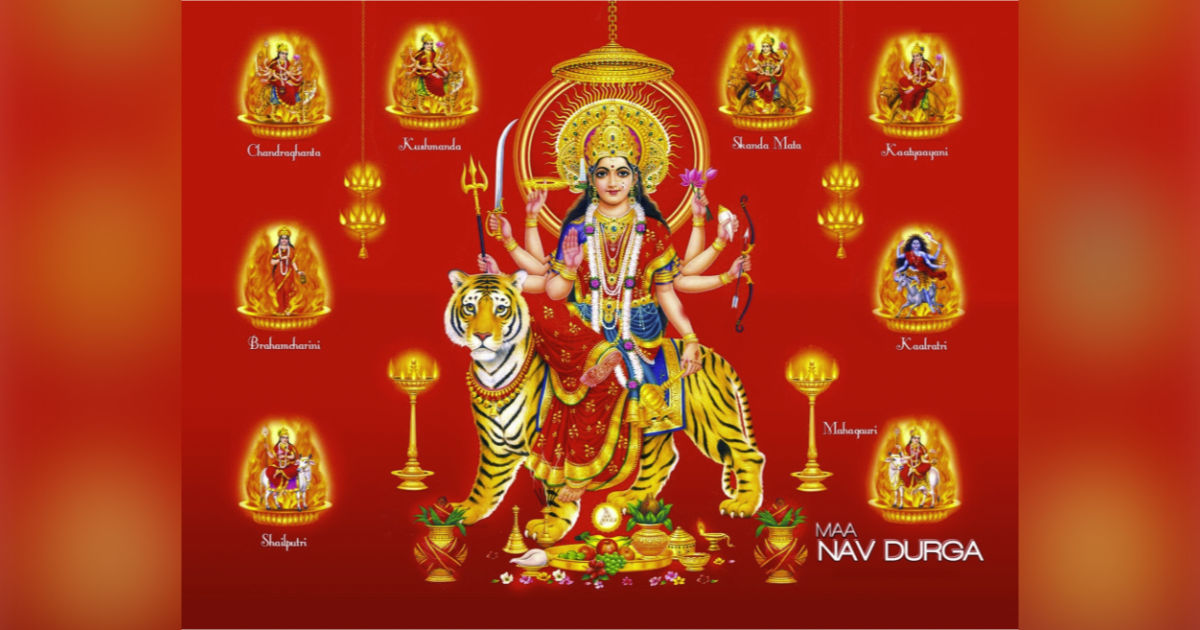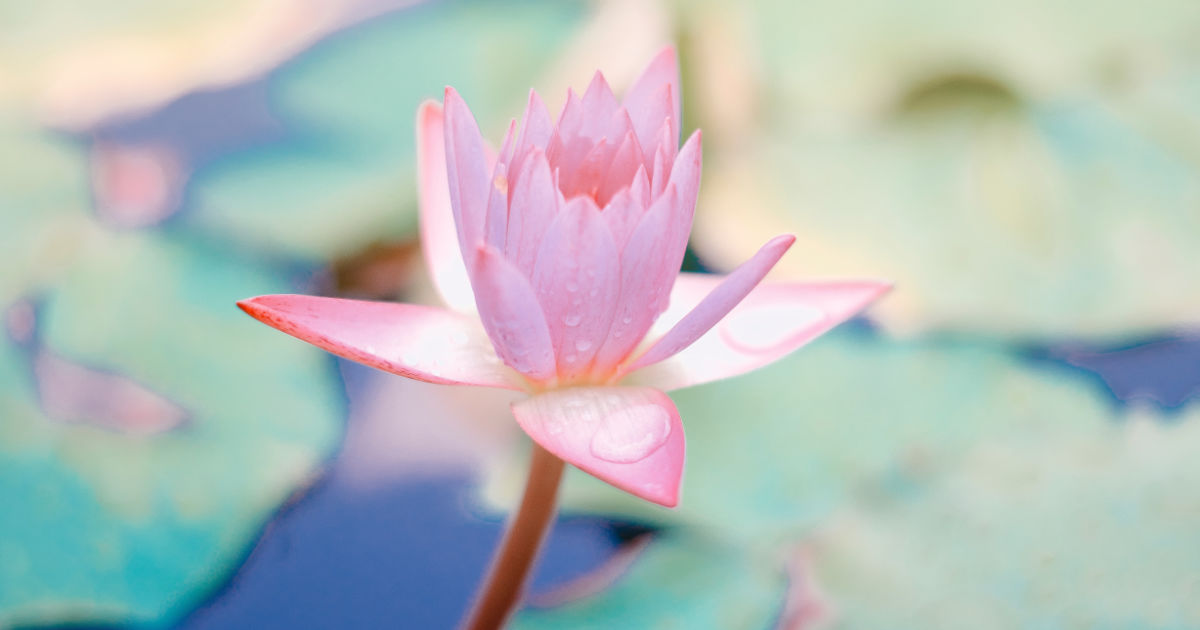Recap of the last session. Freedom as the number one priority 
in life. Nondual bhakti is exclusive love of the self. To progress
spiritually you have to commit yourself to the vedic tradition:
work through all stages. Skipping of the purification by karma
yoga is not useful. Understand the progression. Take care of
all instruments. Dual love is there to qualify for nondual love.
Nondual relationship. Samsara is a zero-sum-reality. You can’t
win and you can’t loose. Karma yoga is suitable to get out of
samsara: prepares you for jnana yoga, jnana yoga gives you
knowledge and knowledge sets you free. You need a noble
idea for your life. All beings are a set of rules by Isvara that
form their nature. Svabhava and svadharma of a human
being. Nature of animals. Karma yoga dharma. Example of
Arjuna. Karma yogis honor samanya dharma or universal
values. Vishesha dharma or situational ethics have no simple
formula. Dharma yoga. React appropriately in relation to
dharma in every situation to avoid bad karma. Krishna: I am
the desire that is not opposed to dharma. Adharma: Going
against your nature or to go against universal values.
Adharmic action creates mental and emotional agitation.
Pollute the environment and living in it is adharmic.
Svadharma of someone commited to Vedanta: be a karma
yogi, develop discipline. Karma yoga is build into the indian
society, that is a dharmic society. Svadharma and profession.
Karma yoga makes less stressful. You start thinking: who is
this Isvara? 4. Upasana. Listening, reasoning (reflecting and
getting rid of opinions that are not in harmony with the
teaching), actualize the knowledge “I am the self”. Getting rid
of obstacles to perfect satisfaction: by continuing the sadhana.
Total sense of confidence.
More: Vedanta Seminars.
More on: Vedanta.
Learn more about: Yoga Vidya.
You can sign up for: our online seminars.
You can also support us by: donating.
Podcast: Play in new window | Download
Subscribe:






